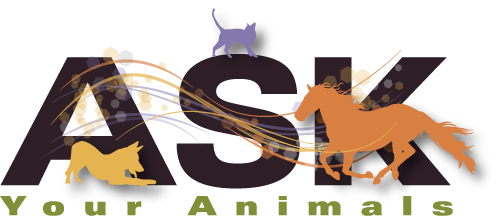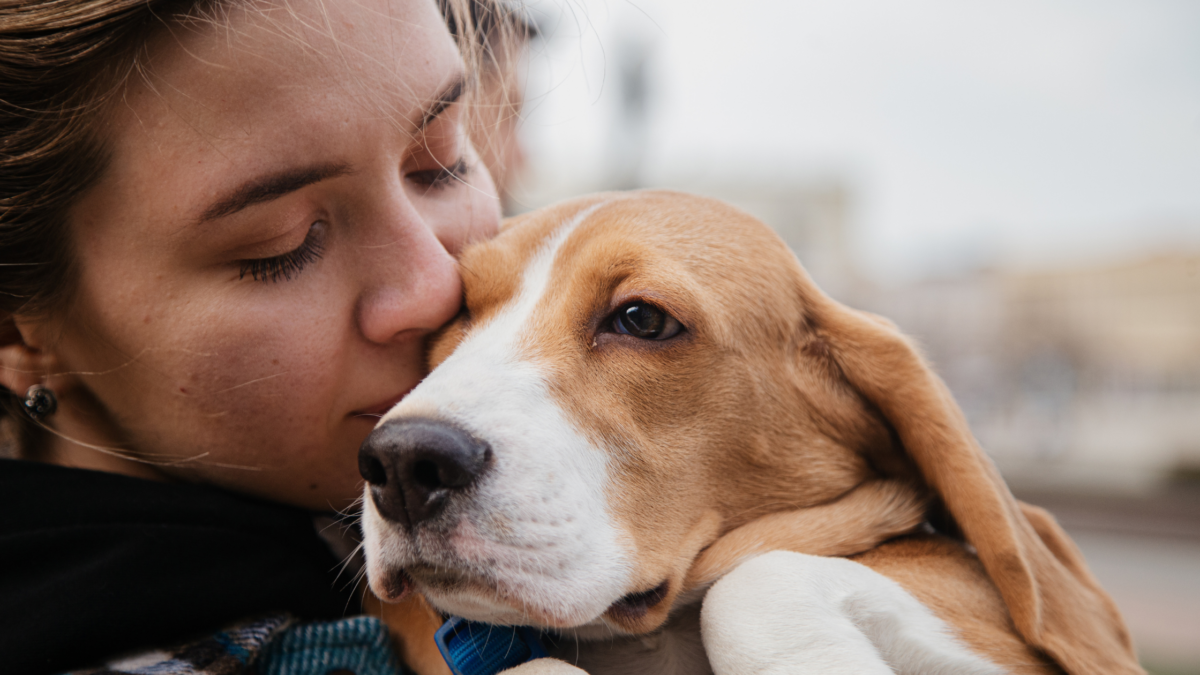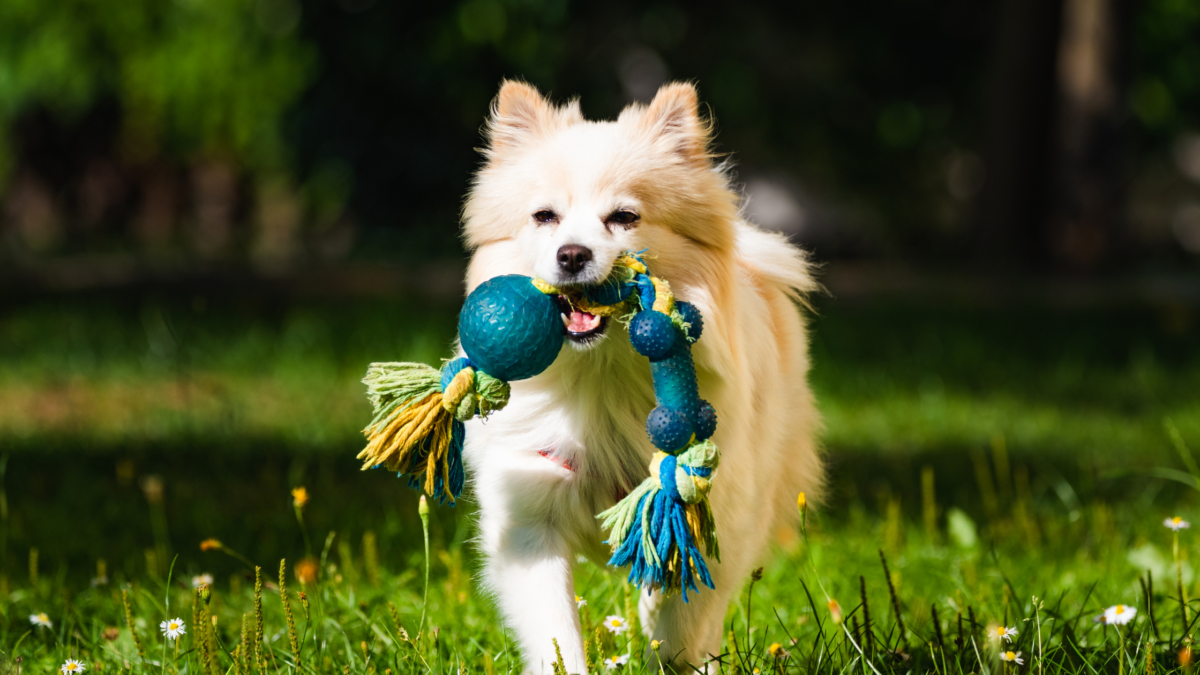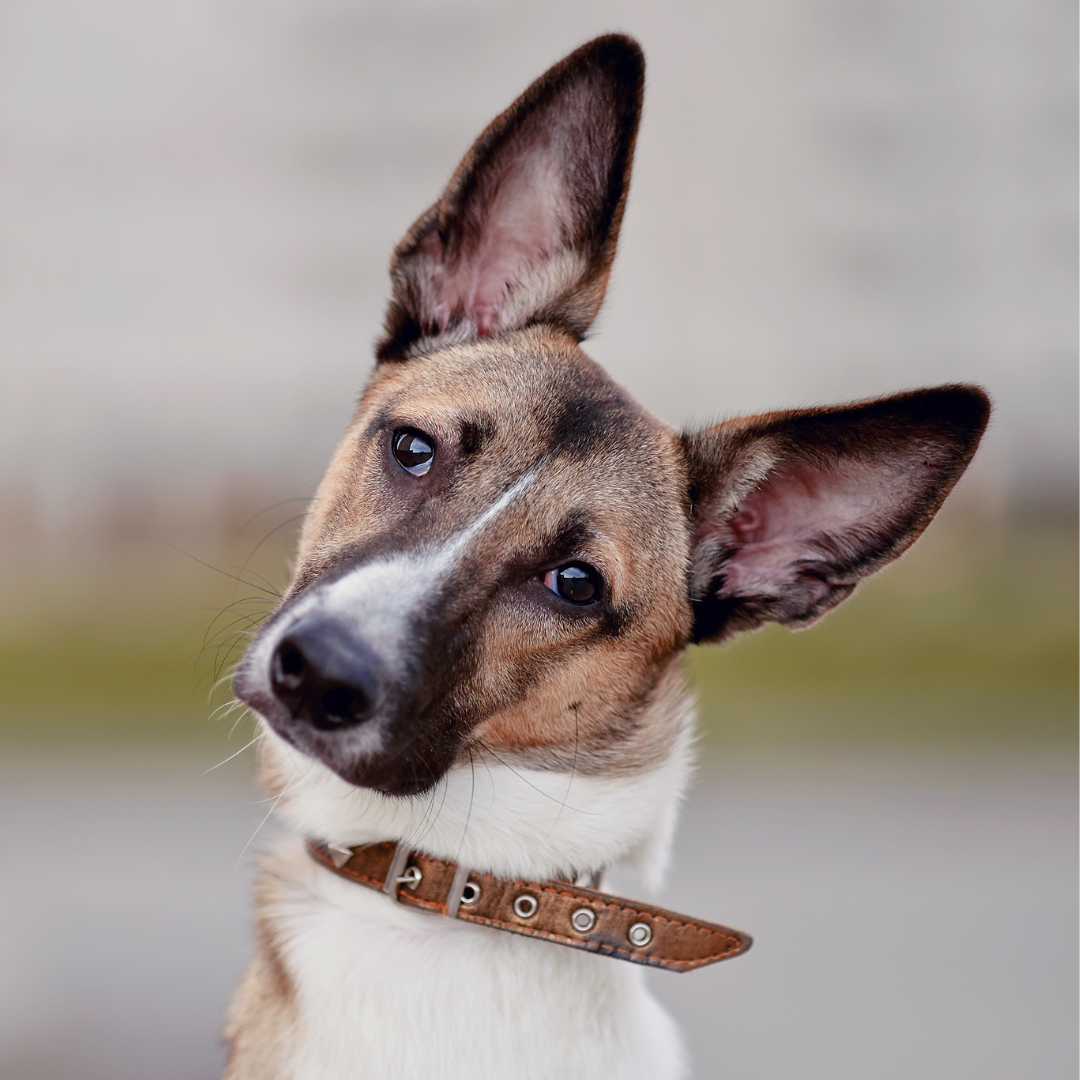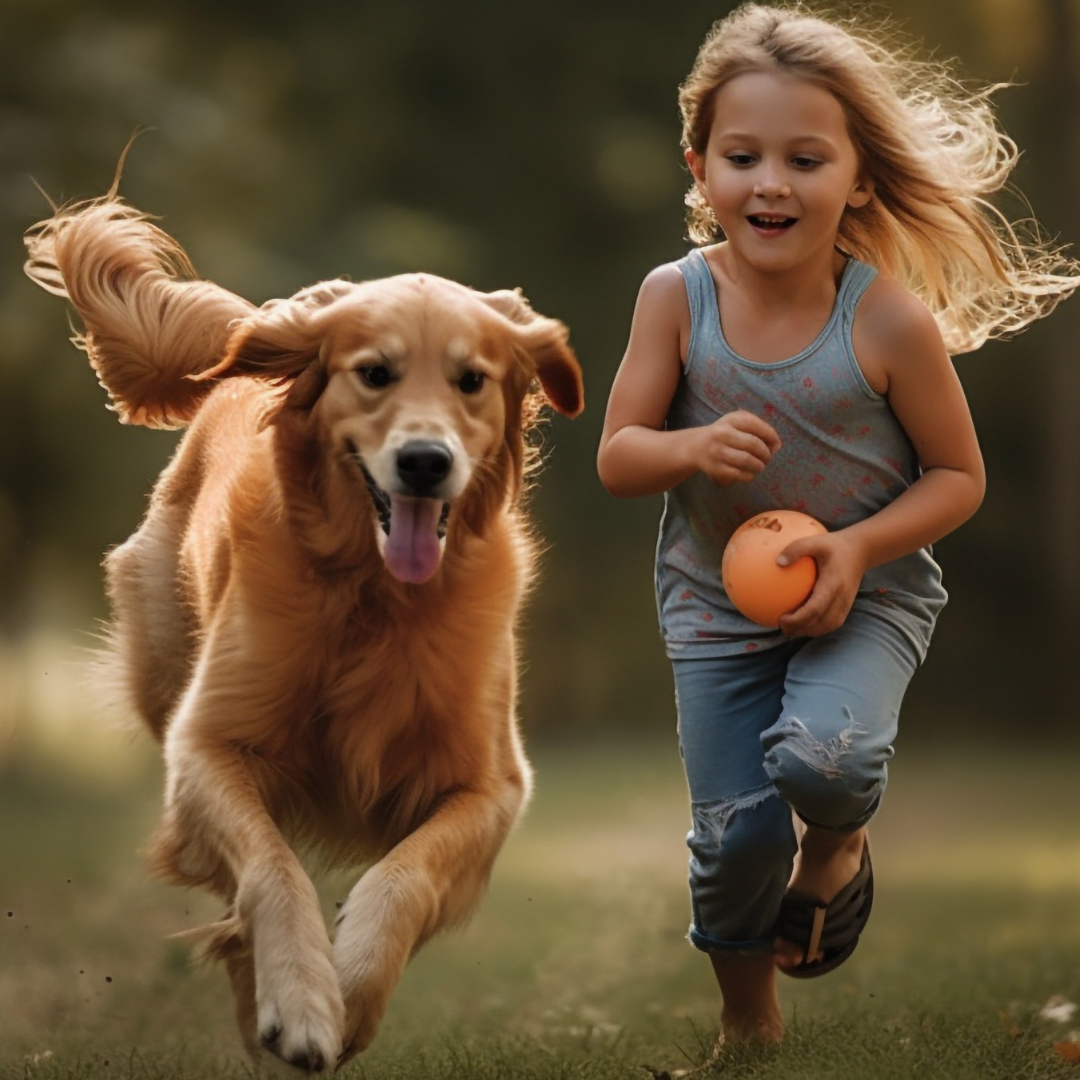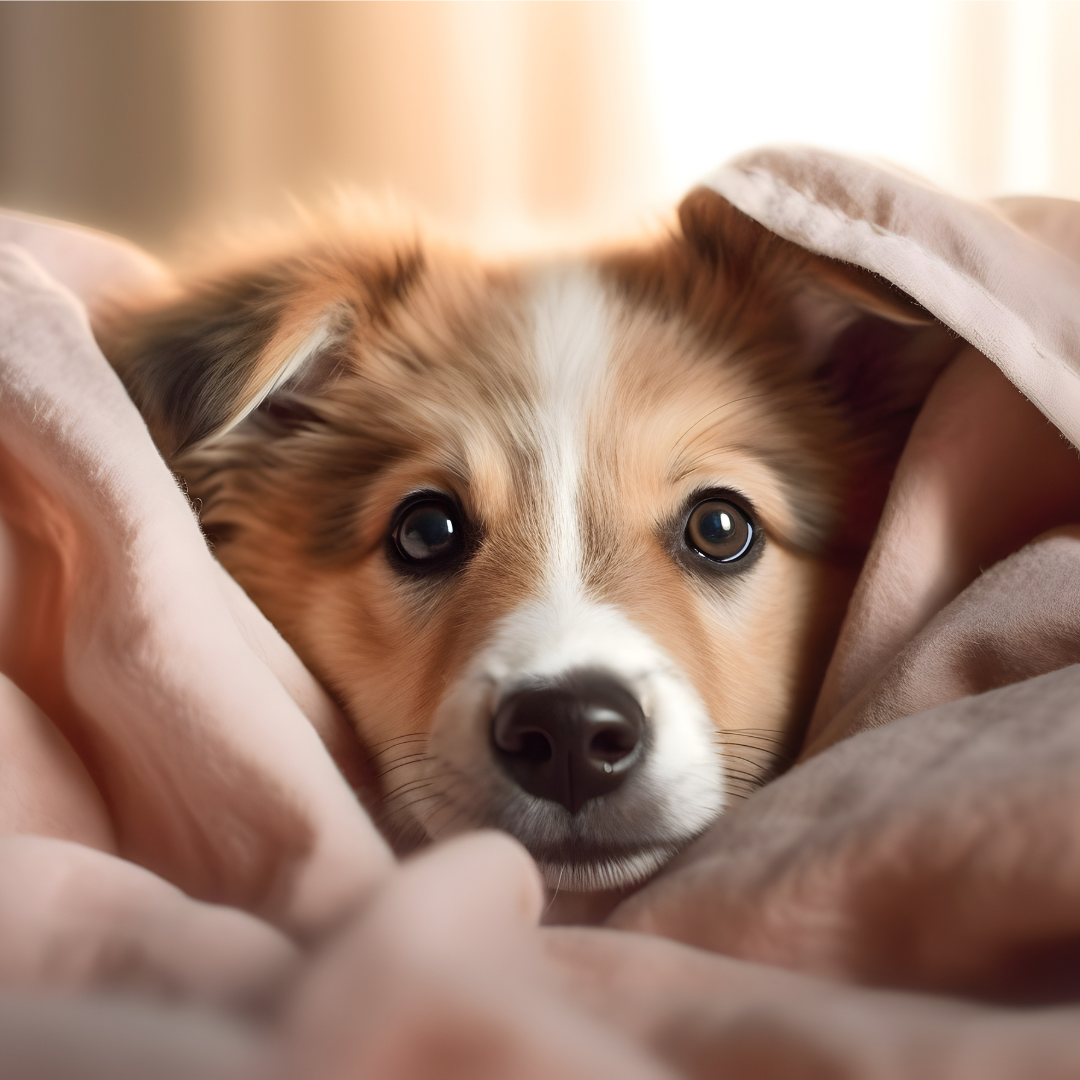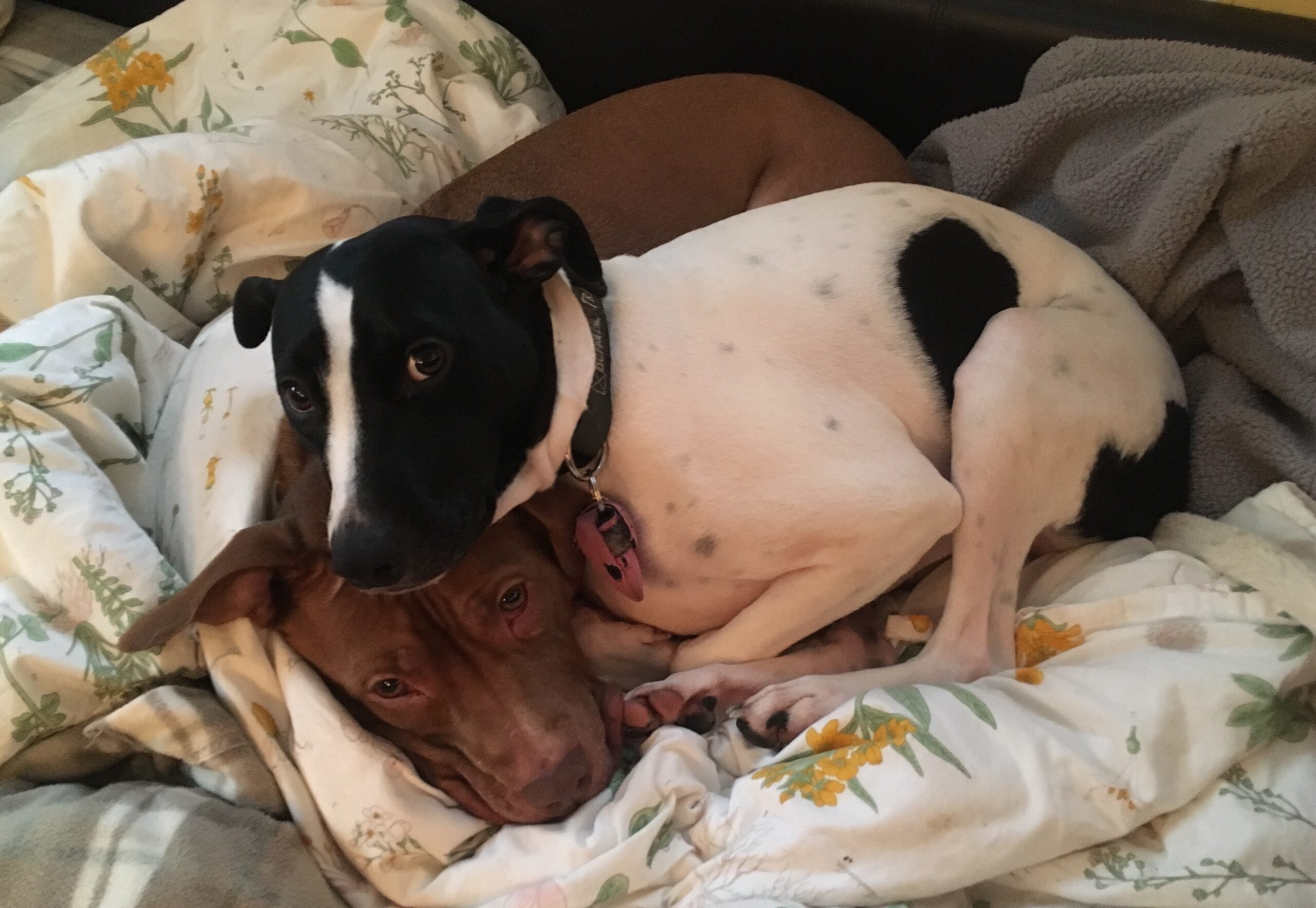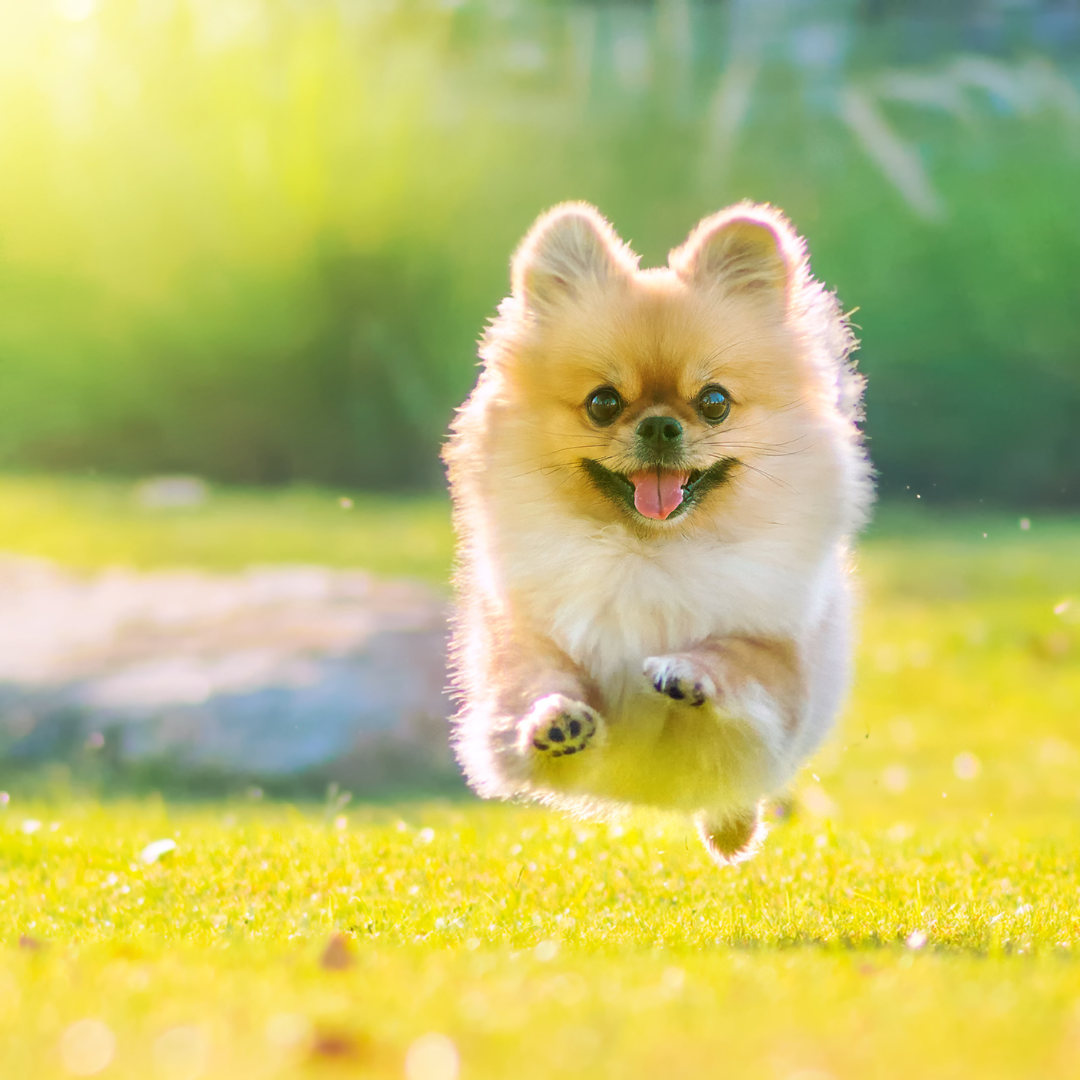In a world where headlines change by the hour, and financial tensions loom, many of us are feeling the weight of uncertainty. Whether it’s job security, global unrest, or the shift back to office life, our stress levels are rising—and our pets are noticing. Animals are deeply intuitive beings. They pick up on our energy, our mood, and even the things we don’t say. In times like these, their behavior may change in subtle or not-so-subtle ways. But here’s the beautiful truth: the bond we share with them is a two-way street. Just as they feel our stress, they also have the power to help us heal.
They Know When Something’s Off
You may have noticed your dog acting more clingy lately, or your horse seeming uneasy without an obvious trigger. Maybe your usually independent cat has become more vocal. These behavioral shifts could be their response to the energy you’re carrying. Our pets don’t need to understand the details of our stress to feel its presence. They sense the emotional climate and mirror it back to us.
Back to the Office, Back to Anxiety
As more people transition away from working from home, our pets are adjusting again. Dogs who got used to daily companionship may now face long hours alone. Horses who had their humans around more frequently might feel the change in routine. This disruption can lead to anxiety, restlessness, or even depression in animals.
Now is the time to rebuild a routine with them in mind:
- Schedule quality time before or after work.
- Use calming aids, like diffusers or calming music.
- Offer enrichment toys or longer walks to reduce stress.
Let Them Help You Heal
Animals have an incredible ability to ground us. Just sitting beside your pet, taking slow breaths, and being present can regulate your nervous system. Touch—stroking fur or brushing a mane—releases oxytocin, the “love hormone,” in both of you.
Let this be your reminder: you don’t need to have all the answers. You just need to show up. For yourself, and for them.
Uplifting Energy Together
Right now many of us are feeling overwhelmed or filled with fear and these feelings need an outlet. Here are a few ways you and your pet can shift energy together:
- Get outside. Nature regulates energy for both humans and animals. A walk or trail ride can be deeply therapeutic.
- Create a calming space. Designate a peaceful area in your home where you can decompress together.
- Practice gratitude. Every day, take a moment to thank your animal for their love. Speak it out loud or simply feel it deep in your being—they understand more than we think.
In a Time of Scarcity, Choose Connection
If you’re feeling the strain—whether it’s financial stress, concerns about pet care, or job uncertainty—you are not alone. That’s why we created a free download for dog, cat, and horse owners, filled with resources and ideas to help you navigate these challenges with connection and compassion. Local pet food banks, community groups, and kindhearted veterinarians are out there and ready to help.
Hope Is Contagious—Let’s Spread It
These may be hard times, but they’re not hopeless. Your pet doesn’t need perfection—they just need your presence. Animal communication can be a powerful tool in deepening that connection, helping you understand what your pet is feeling and needing. In tuning in to them, you not only support their well-being—you may also discover the clarity and strength to support your own. Compassion flows both ways.
